Lead
We’re not content to compete—AFRL leads the way. Where others follow, we forge our own path. When others say it’s impossible, our team finds a way.
Discover
Excitement for what’s possible drives us forward. There are many challenges—global and domestic—ahead, but we thrive when tasked with finding a solution that seems undiscoverable.
Develop
Finding the answer is just the beginning. We grow and expand new ideas until they’re scalable, cost-effective and safe for our world.
Deliver
Our world needs complete solutions. In order to give our warfighters an unmatched advantage, we keep our promises and surpass expectations. Check out how we Deliver in our ANNUAL REPORT.
OUR LEADERSHIP
Our commitment to innovation gives us the drive to constantly push the envelope and deliver the technology that keeps us prepared for the future.
-
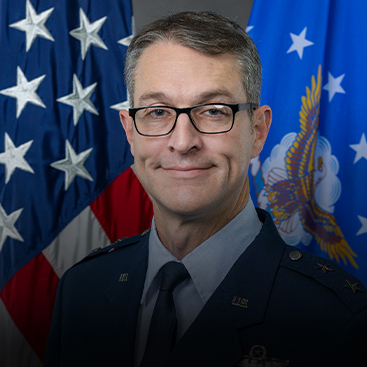
COMMANDER
Maj. Gen. Scott A. Cain
-
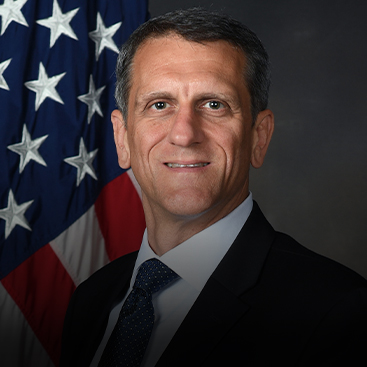
EXECUTIVE DIRECTOR
Mr. Timothy Sakulich
-
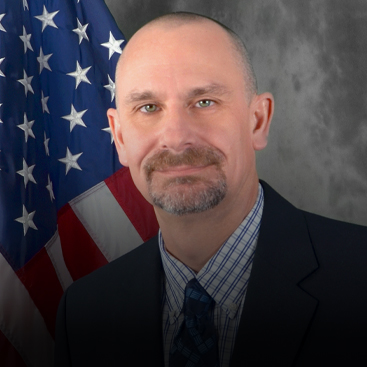
CHIEF TECHNOLOGY OFFICER
Dr. Timothy J. Bunning
-
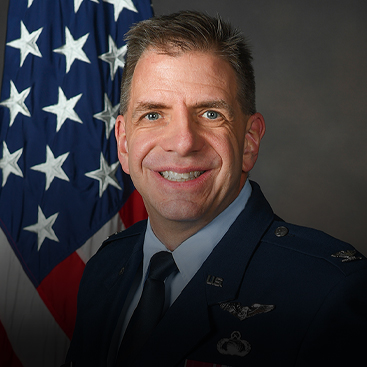
DEPUTY COMMANDER
Col. Joel J. Luker
-
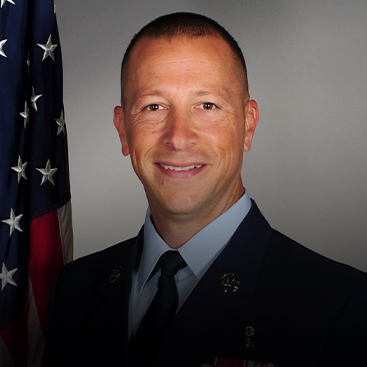
COMMAND CHIEF
CMSgt. Carlos E. Labrador
-
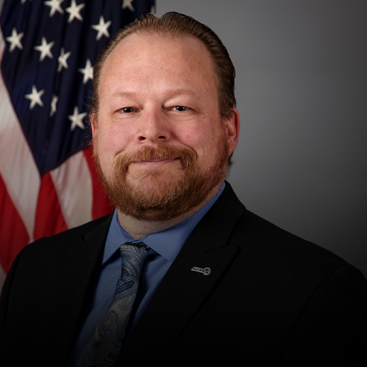
DEPUTY TECHNOLOGY EXECUTIVE OFFICER
Dr. Andrew D. Williams
-
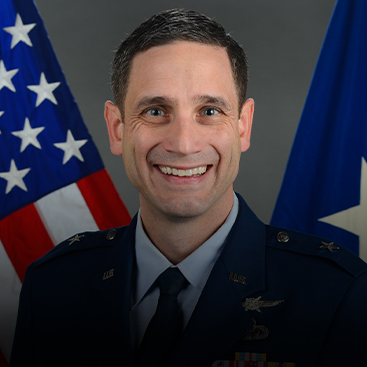
MOBILIZATION ASSISTANT
Brig. Gen. Michael T. McGinley
-
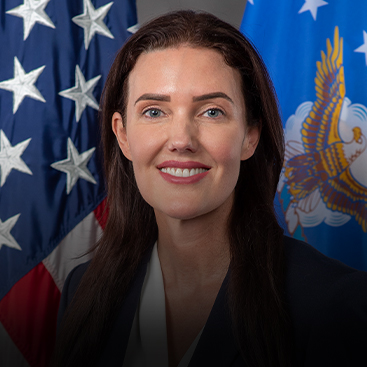
CHIEF INFORMATION OFFICER
Ms. Alexis Bonnell
-

UNITED STATES
AIR FORCE
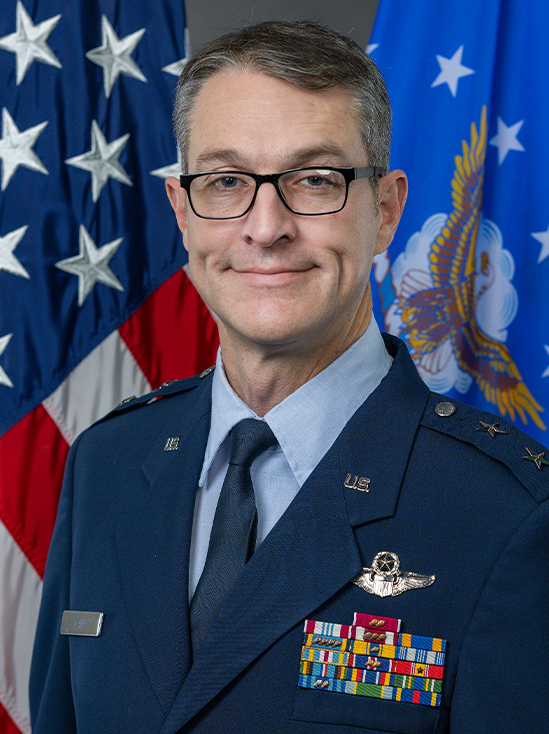
Commander
Maj. Gen. Scott A. Cain
Maj. Gen. Scott A. Cain is the Commander, Air Force Research Laboratory, Air Force Materiel Command, Wright-Patterson Air Force Base, Ohio, and the Technology Executive Officer, supporting both the U.S. Air Force and U.S. Space Force. He leads a $3 billion science, technology and innovation enterprise in accelerating the discovery and development of solutions for Airmen and Guardians. He is responsible for formulating a comprehensive technology portfolio that anticipates future warfighter needs, while promoting risk-taking and problem-solving across a 6,000-member government workforce. He accelerates the delivery of cross-domain solutions through partnerships with industry, academia and international allies, and executes an additional $3 billion in externally funded research and development. Through the laboratory’s technology and functional directorates, AFWERX and the 711th Human Performance Wing, his team produces a deep technical and medical bench, pushes the boundaries of modern technology and improves the science for tomorrow.

Executive Director
Mr. Timothy Sakulich
Mr. Timothy Sakulich, a member of the Senior Executive Service, is Executive Director, Air Force Research Laboratory, Air Force Materiel Command, Wright-Patterson Air Force Base, Ohio. Mr. Sakulich is responsible for more than 900 personnel, developing the next generation materials and manufacturing techniques for our nation’s defense. The vision of his organization is to provide world-class leadership in materials and manufacturing for our Airmen. The Materials and Manufacturing Directorate is the only Air Force organization to oversee the entire life cycle of aerospace materials from discovery through processing, development and manufacturing, to sustainment of fielded systems.
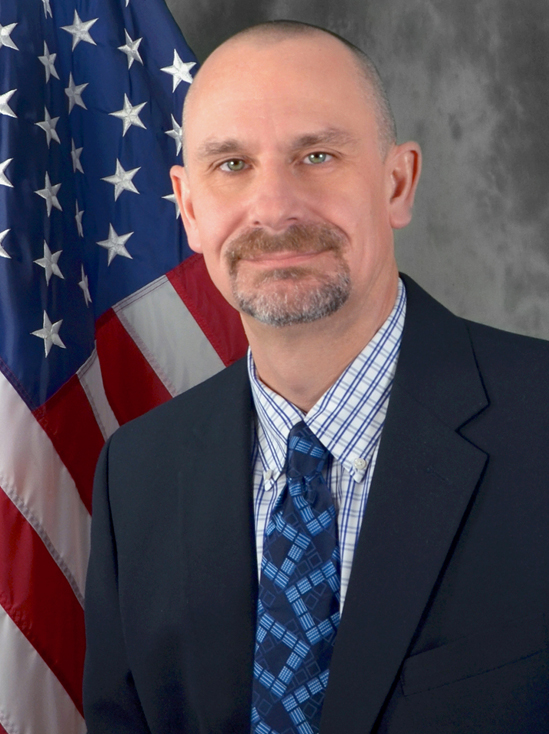
Chief Technology Officer
Dr. Timothy J. Bunning
Dr. Timothy J. Bunning, a member of the Scientific and Professional Cadre of Senior Executives, is Chief Technology Officer, Air Force Research Laboratory, Air Force Materiel Command, Wright-Patterson Air Force Base, Ohio. As the primary science and technology advisor to the AFRL Commander, he is responsible for assisting with the planning and execution of an annual $2.8 billion Air Force science and technology program and considerable resources executed on behalf of a variety of customers. He serves as the corporate-level science and technology interface for a government workforce of nearly 6,000 people in the laboratory’s nine technology directorates and 711th Human Performance Wing.
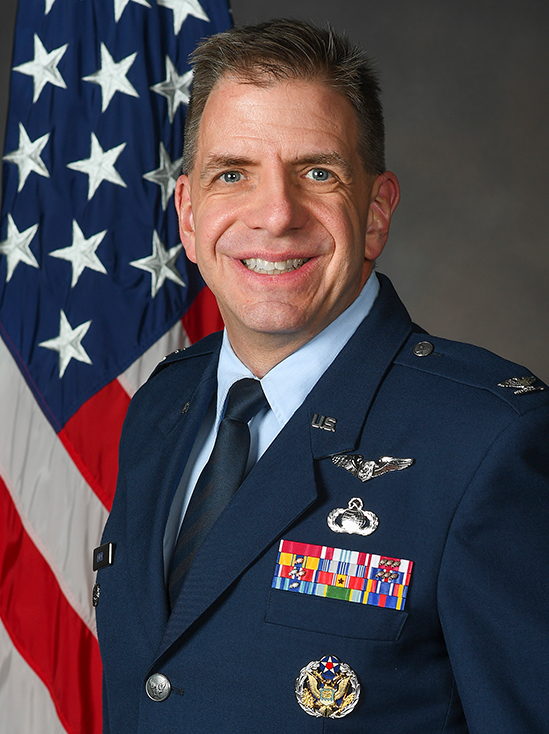
Deputy Commander
Col. Joel J. Luker
Colonel Joel Luker is the Deputy Commander, Air Force Research Laboratory (AFRL), Wright-Patterson Air Force Base, Ohio. He aids the commander in leading more than 12,500 people to execute a 7.5 billion dollar budget to discover, develop, and integrate warfighting technologies for the United States Air Force (USAF) and United States Space Force (USSF). He oversees a 127 million dollar budget to upgrade state-of-the-art research facilities distributed globally across 21 sites, and he directs the AFRL Headquarters’ (HQ’s) daily operations, including managing the 219 million dollar AFRL HQ budget. Colonel Luker is the senior military advisor for over 525 Air Force and Space Force officers.

Command Chief
CMSgt. Carlos E. Labrador
CMSgt Carlos E. Labrador is the Command Chief, Air Force Research Laboratory, Wright-Patterson Air Force Base, Ohio. He is the senior enlisted leader and the primary advisor to the commander on all matters regarding the readiness, training, development, and effective utilization of a 6,500-member workforce that spans across the globe through the laboratory’s technology and functional directorates, the 711th Human Performance Wing and AFWERX. Chief Labrador assists the commander in the implementation of a $3 billion science, technology and innovation enterprise and a $3 billion external research and development program.
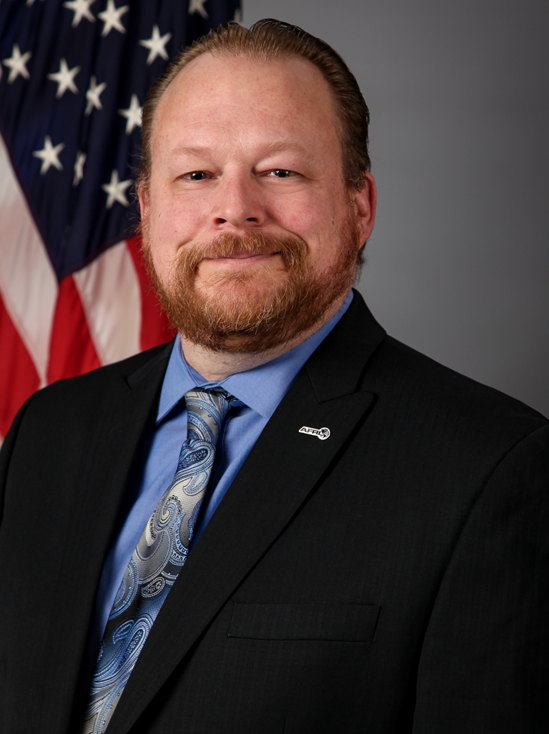
Deputy Technology Executive Officer
Dr. Andrew D. Williams
Dr. Andrew ‘Andy’ Williams is the Deputy Technology Executive Officer for Space at the Air Force Research Laboratory responsible for integrating and executing AFRL’s space science and technology investments to deliver cutting edge technical capability to the U.S. Space Force.
Prior to his selection as the D-TEO, Williams served as the Space Mission Area Lead for AFRL’s Space Vehicles Directorate, coordinating the lab’s customer engagement strategy and ensuring synchronization with the tech needs of USSF, Space Operations Command, and Space System Command. He also led engagements with partners in the Department of Defense, the Intelligence Community, industry, and academia.
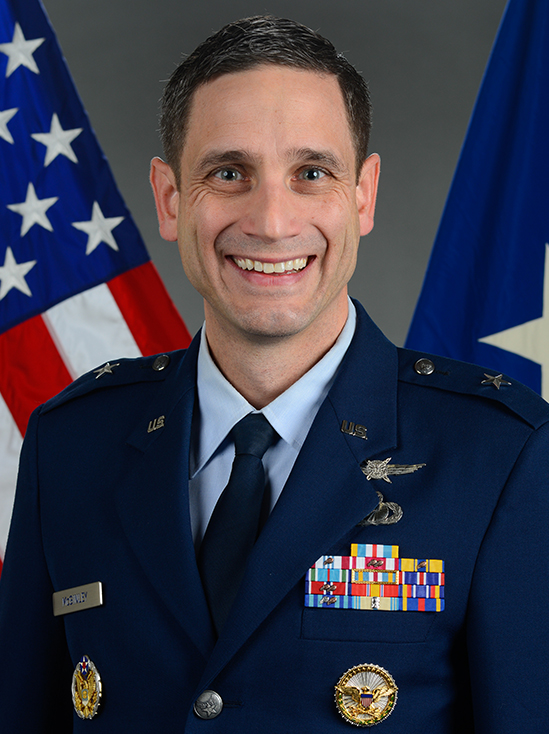
Mobilization Assistant
Brig. Gen. Michael T. McGinley
Brig. Gen. Michael T. McGinley is the Mobilization Assistant to the Commander of the Air Force Research Laboratory, Wright-Patterson Air Force Base, Ohio. He plays a key role in directing the Air Force’s $3 billion science, technology, and innovation enterprise and an additional $3 billion in externally funded research and development across a 6,000-member workforce, pushing the boundaries of modern technology for warfighter needs. Brig. Gen. McGinley also created and leads the GigEagle Agile Talent Ecosystem Initiative – the Department of Defense’s first Joint, artificial intelligence-driven talent operations platform, designed to optimize whole-of-nation talent for Great Power Competition.
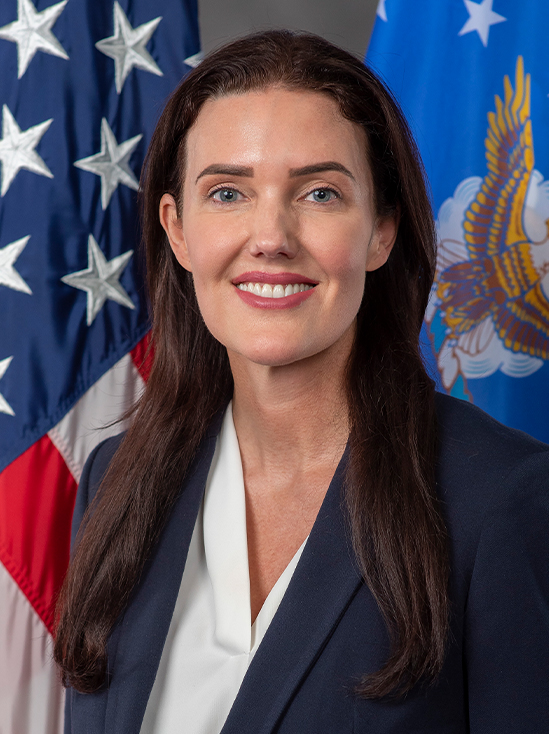
Chief Information Officer
Ms. Alexis Bonnell
Alexis Bonnell is the Chief Information Officer and Director of the Digital Capabilities Directorate of the Air Force Research Laboratory, the primary scientific research and development center for the Department of the Air Force. She is responsible to develop and execute the AFRL Information Technology strategy, leading the strategic development of highly advanced next generation technologies and platforms for AFRL. Her focus includes catalyzing the discovery, development, and integration of warfighting technologies for air, space, and cyberspace forces via digital capabilities, IT infrastructure and technological innovation across the lab’s operations and culture.
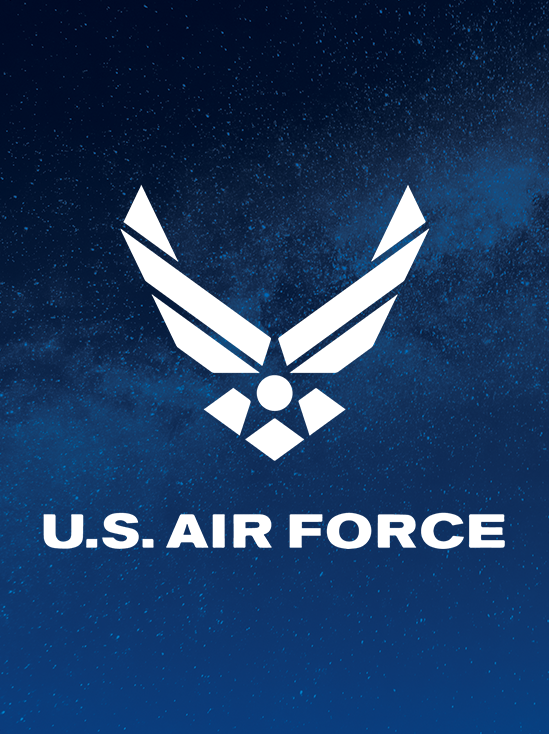
UNITED STATES
AIR FORCE
The mission of the United States Air Force is to fly, fight and win – airpower anytime, anywhere. Whether full time, part time, in or out of uniform, everyone who serves plays a critical role in helping us achieve mission success.
The U.S. Air Force is the world’s preeminent force in air, space and cyberspace. We maintain that distinction by maintaining our objective of global vigilance, reach and power and remaining true to our vision statement: The World’s Greatest Air Force—Powered by Airmen, Fueled by Innovation. Through shared values, key capabilities and upholding our Airman’s Creed, we continue to achieve our mission and aim high in all we do.




